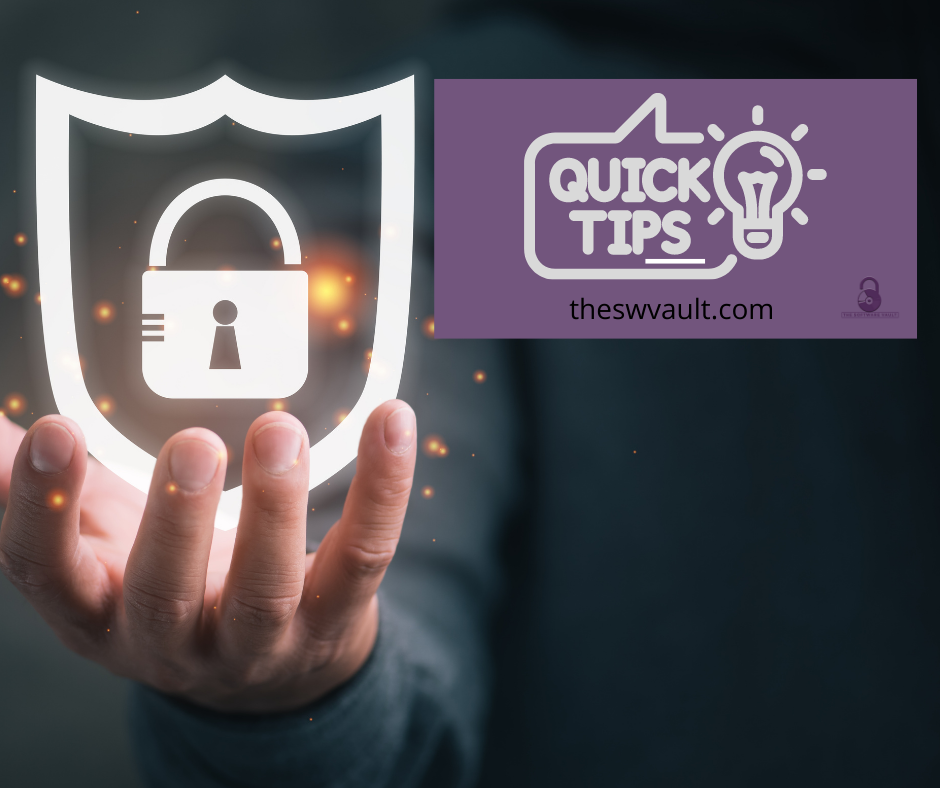In Part I, we introduced Cybersecurity and some initial actions that you could implement as a starting point for protecting your business. In Part II, we will introduce a few more easy techniques that you can implement. These techniques are geared towards protecting your devices connected to your company network.
Invest in protection
Purchase and install virus protection software for each of your computer devices. Also, ensure that each employee has virus protection installed and active on their devices prior to connecting to your company network if you allow employees to utilize their own devices. Virus protection helps with protecting against threats that may come through a network. A device can be impacted by visiting websites that have malware or viruses. Also, downloading software or files from websites could introduce an attack in your company network as those items may contain a virus which is activated upon opening or installation. Another common way of introducing an attack into your company is by employees opening and clicking on emails that appear to come from someone they know. This attack technique is called phishing. The virus protection is able to quarantine the infected files which reduces the risk of infecting your computer device. Without virus protection, the device, along with its files could become compromised and useless. In addition, without protection, the virus could spread to other devices connected in the same network.
Ensure all software and virus protection is up to date
If you have a Windows device, you probably think that the updates never end! YES, it seems to be a pain; but why is it best to update to the latest software release whether it be on your laptop, phone, website, network device, etc.? Within many of the updates, there are security holes being patched. New security risks are introduced on a consistent basis. In order to combat against new security threats, software companies update their software and notify you of the available updates. By ignoring these updates, you leave your devices vulnerable; and one or more device could become compromised. More than likely, it will cost you more in the long run to remove any threats from your devices than to be proactive and keep up with the latest updates.
Make difficult passwords and update passwords consistently
Ensure that your passwords are difficult to “crack”. You can make a password out of your favorite quote or sentence; but substitute symbols or numbers for certain alpha characters to make the passwords easier to remember. Also, do not set the same password for all your accounts. Once a hacker “cracks” one account, they can determine what other types of accounts you may have and hack into those as well. But how do you remember all these passwords? There is technology referred to as a Password Vault/Manager to store all your passwords. With the Password Vault/Manager, you only have to recall one password to the vault while the vault contains the passwords to all of your other accounts.
Changing up your account passwords on a consistent basis (i.e. once every thirty days or 60 days) would help reduce the risk of your device or accounts from being compromised. This includes rotating the password for your internal network. Employees come and go. Thus, to reduce the risk of ex-employees having access, rotating passwords on your network and certain systems would combat a security threat.
As mentioned in Part I, these techniques also are a starting point. With the introduction of the 5G network and many more devices and technology that utilize the network, such as Alexa, Google Home, cars, smart watches, cryptocurrency, etc., security threats are expected to significantly increase over time. It is important to keep abreast of the latest trends in cybersecurity and how it could impact your business. Your business is your “baby”. Be proactive in protecting it.

